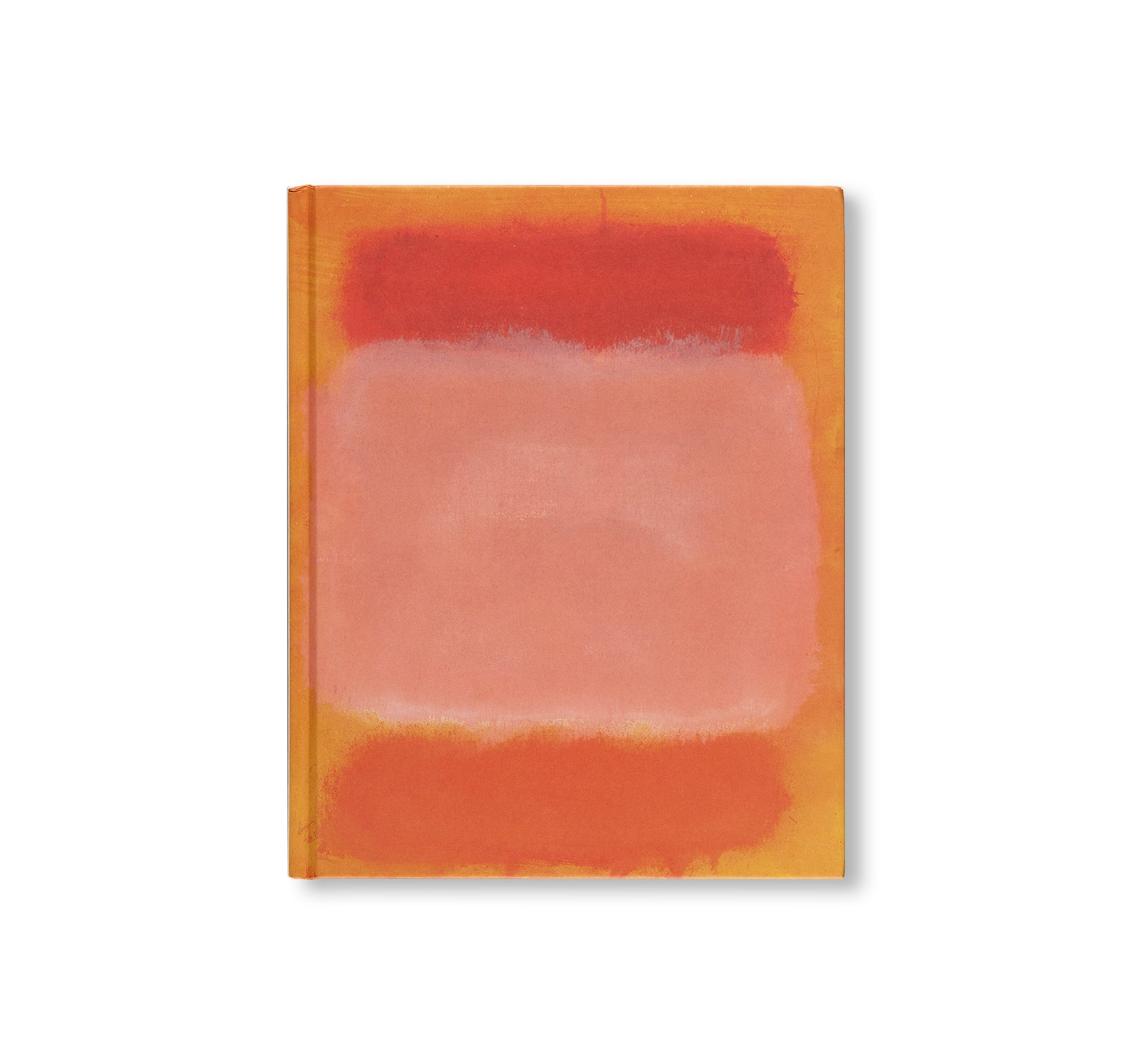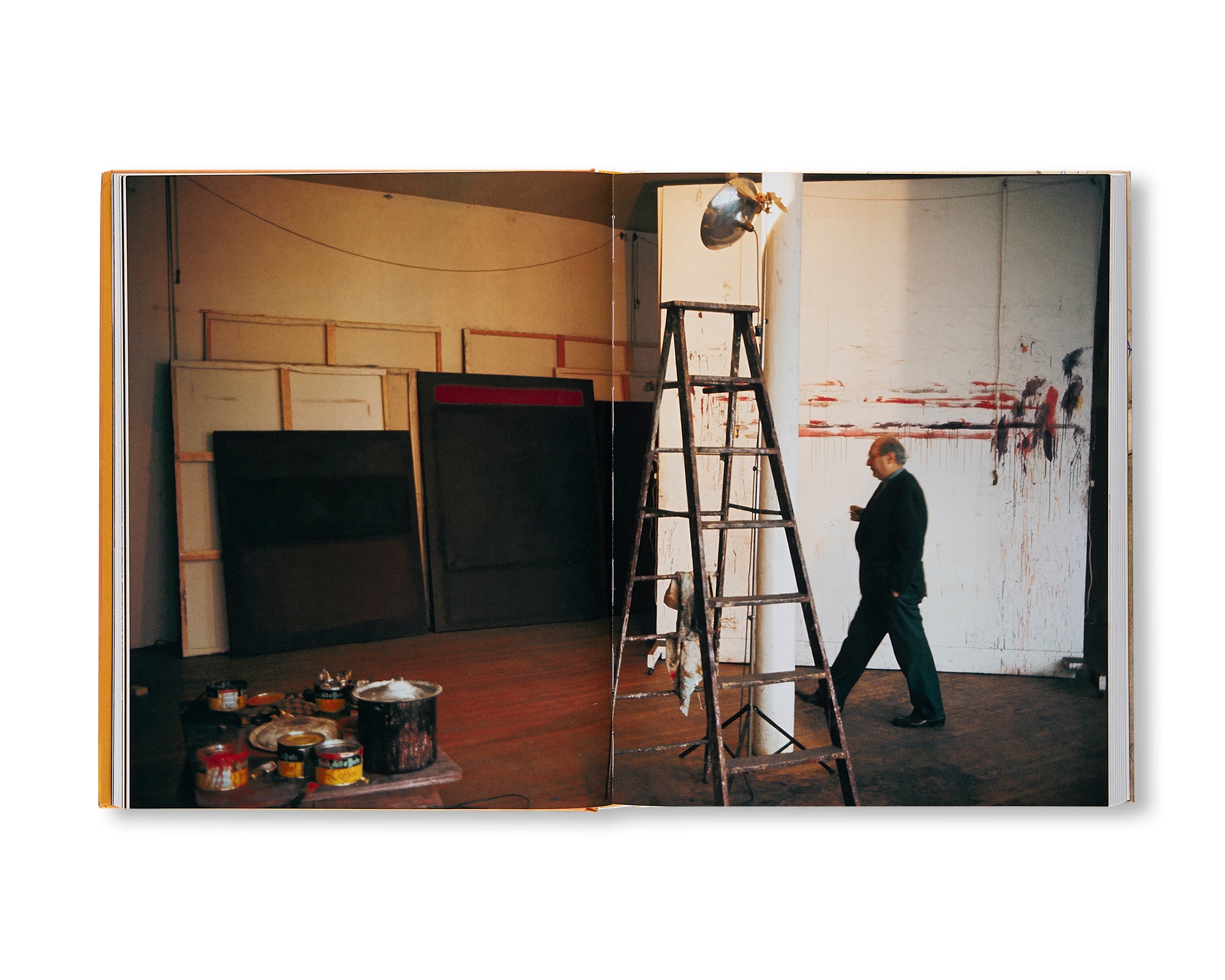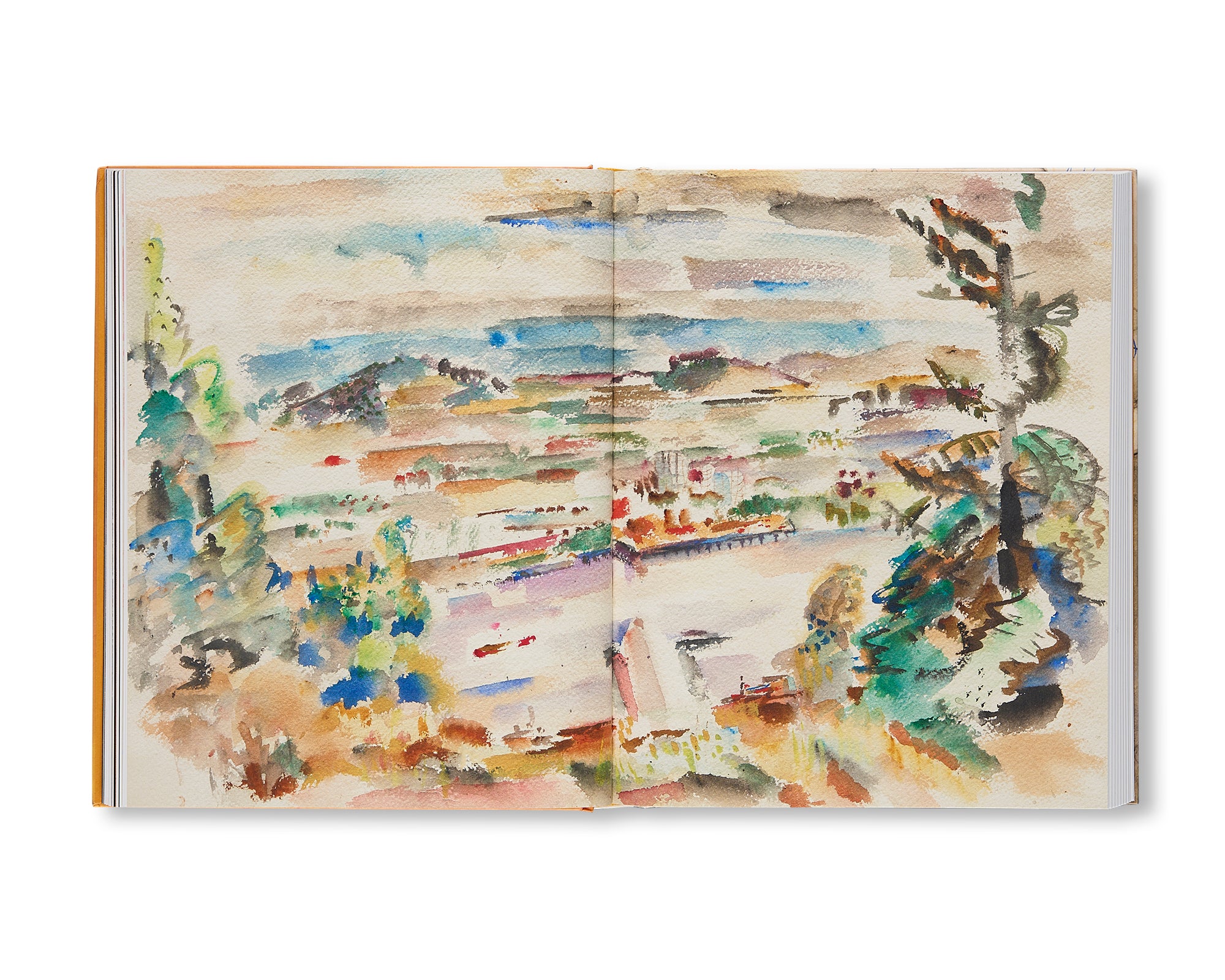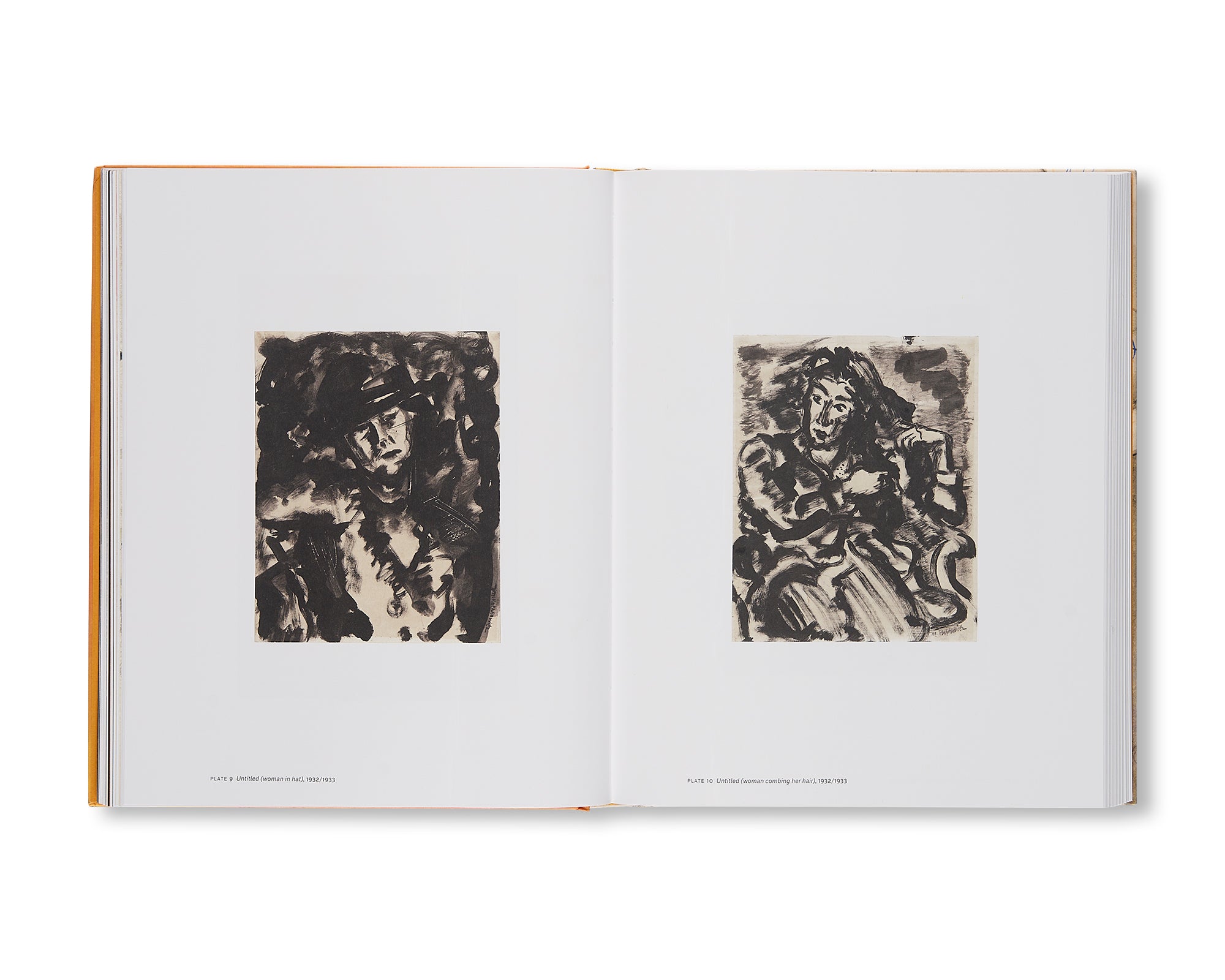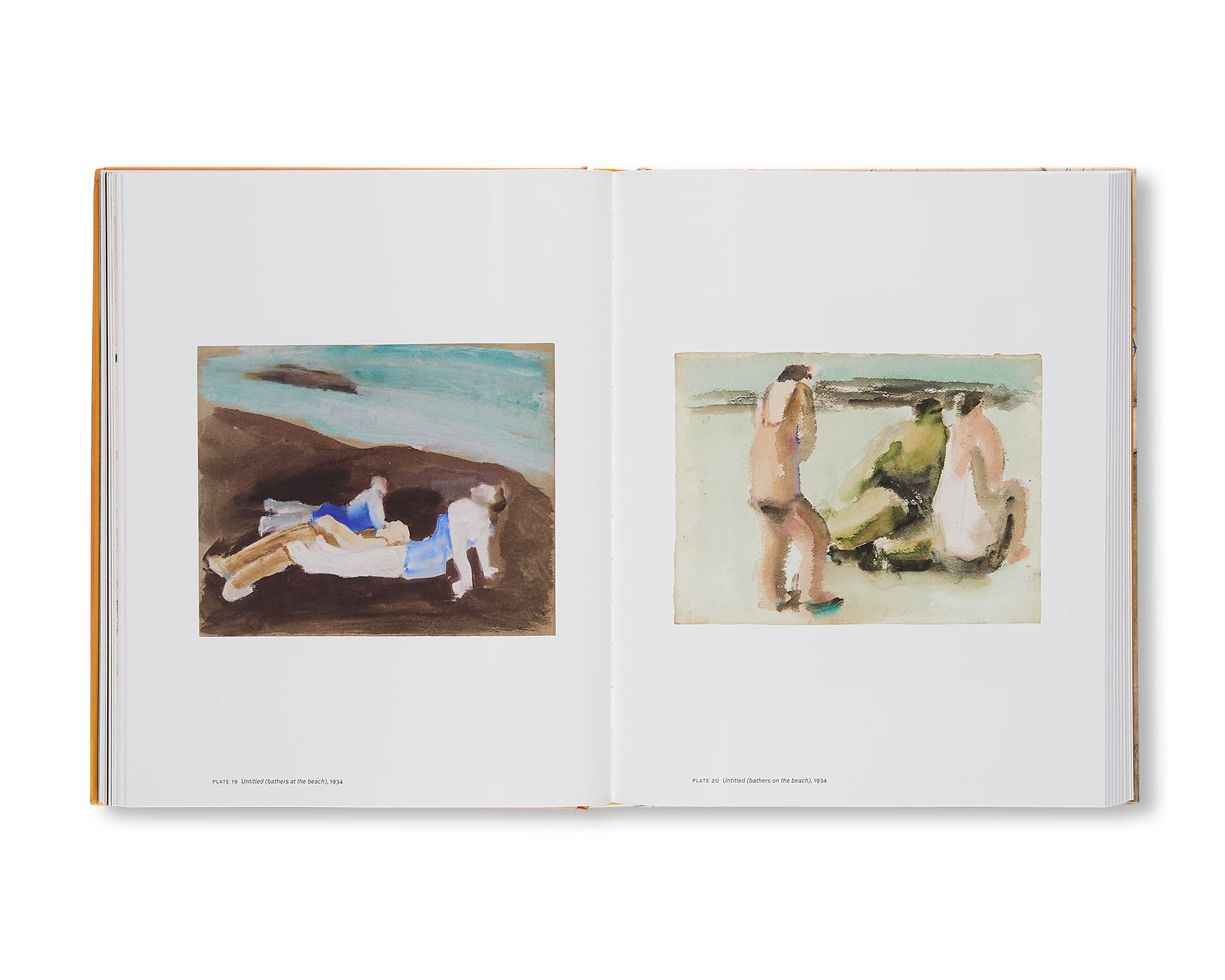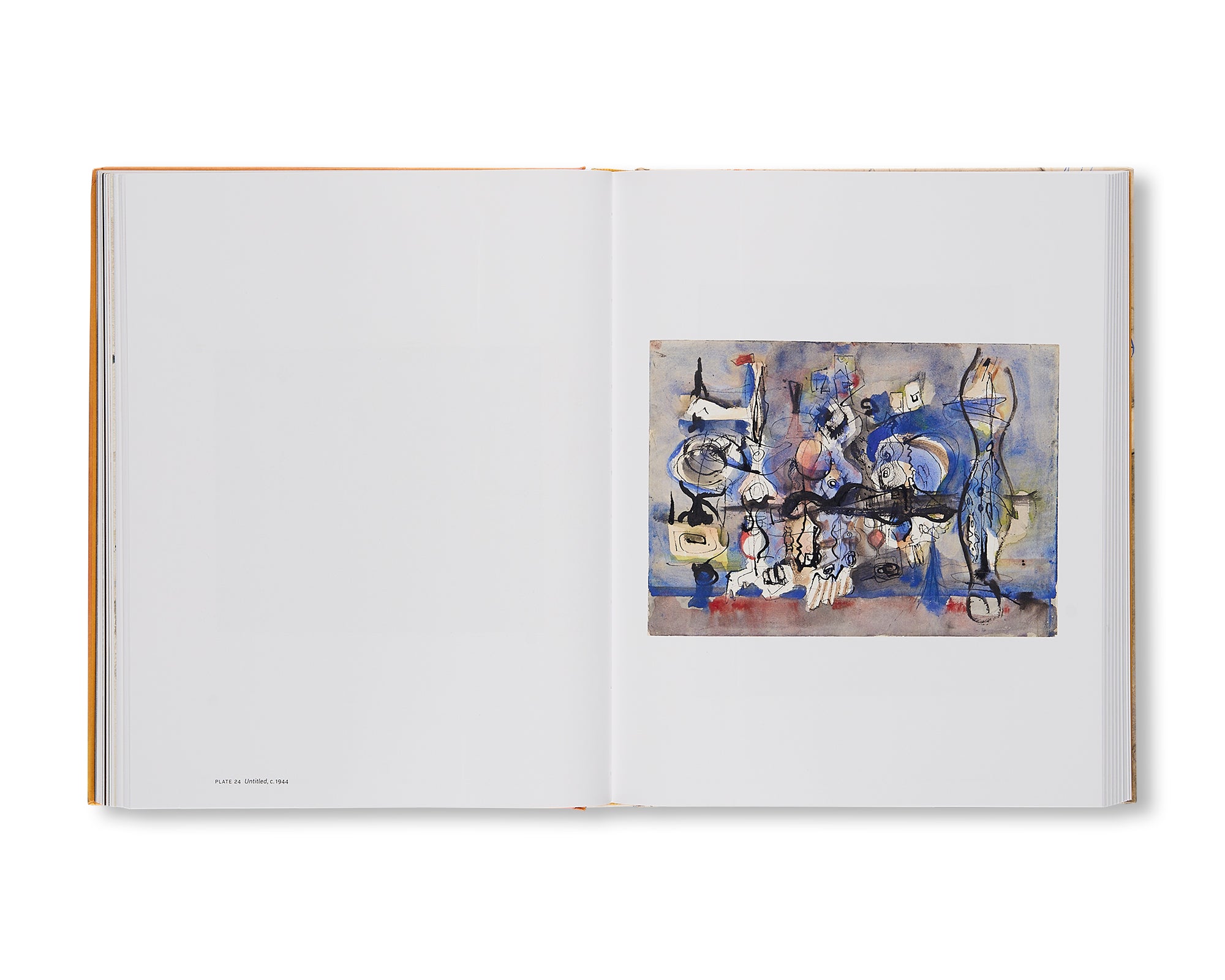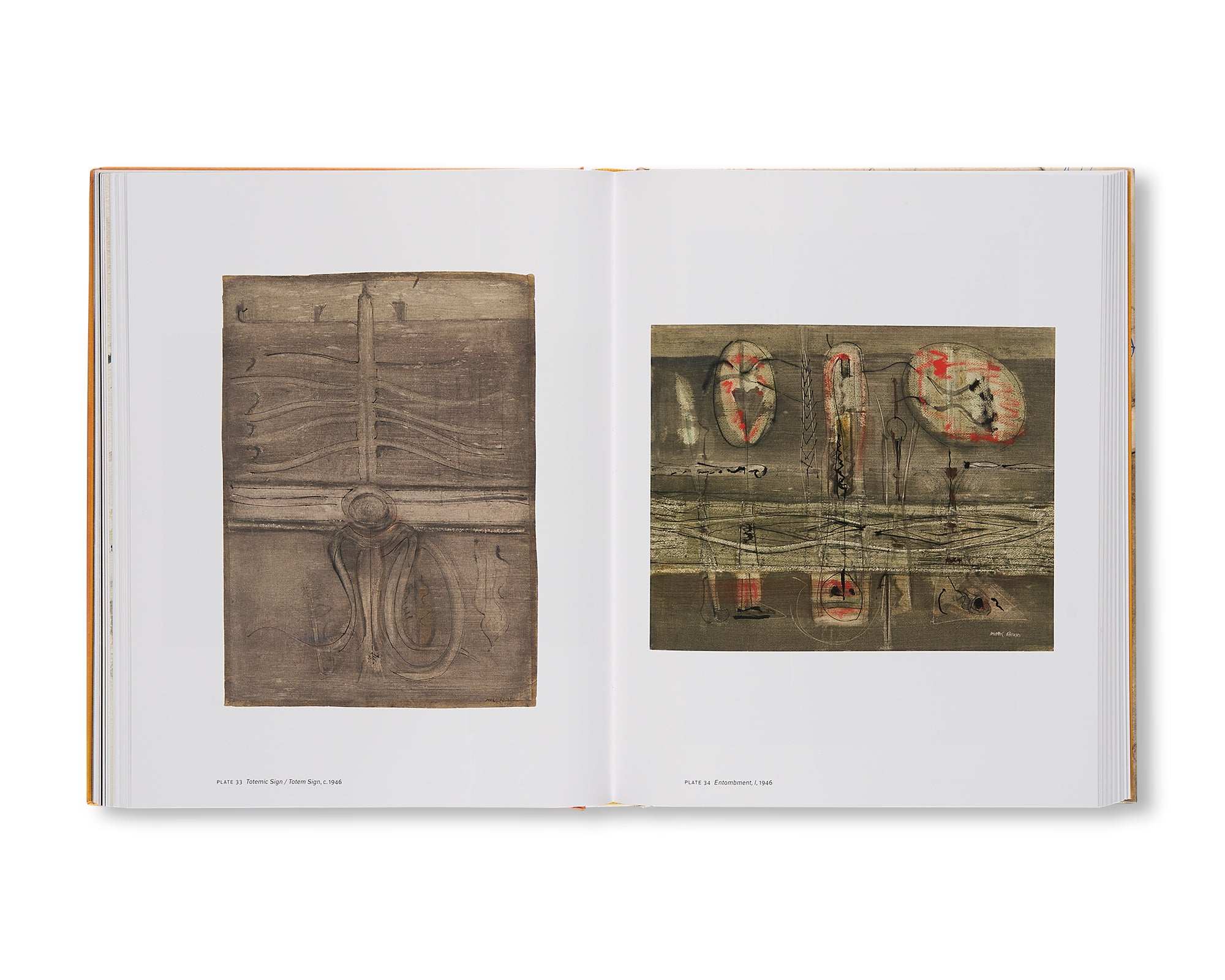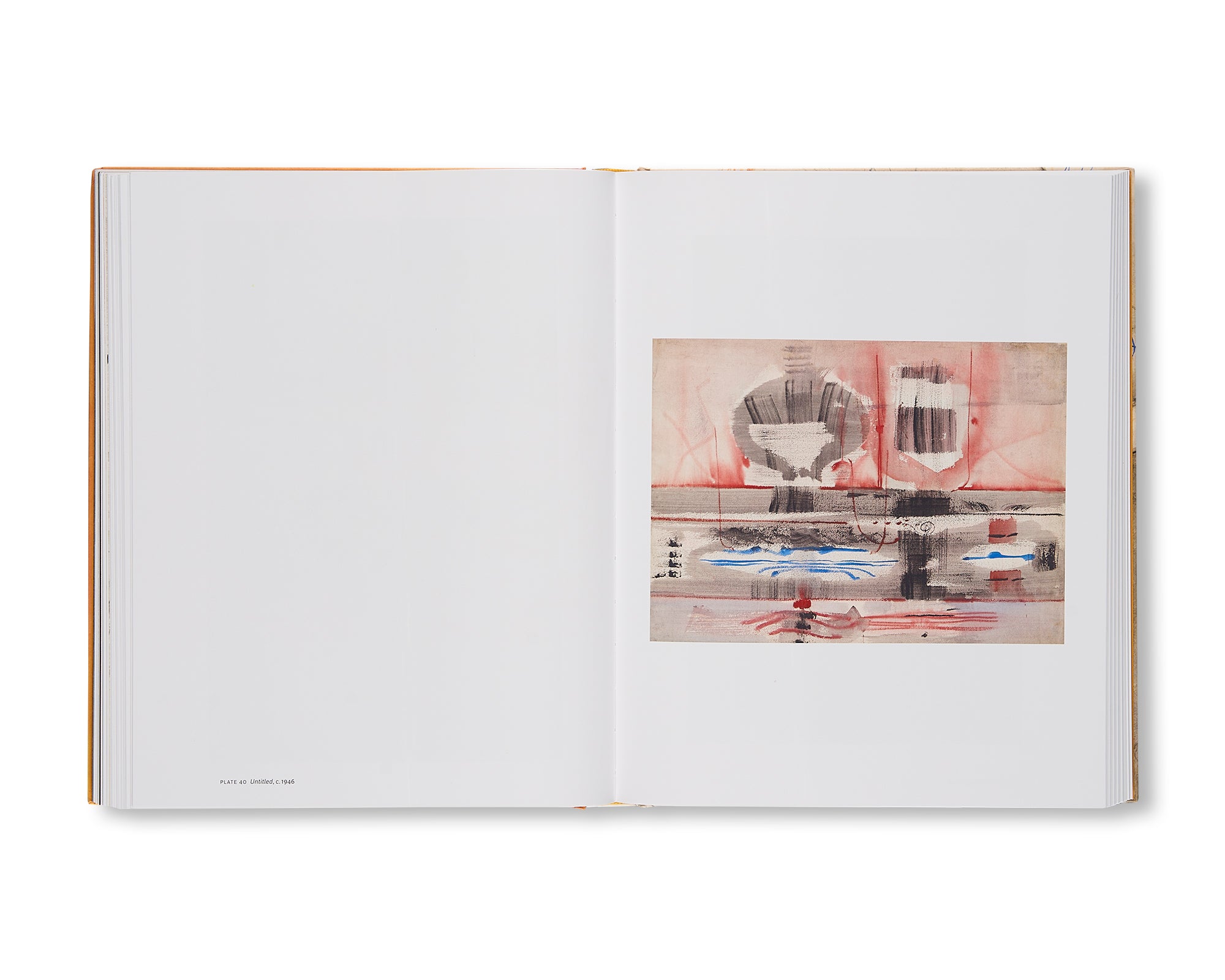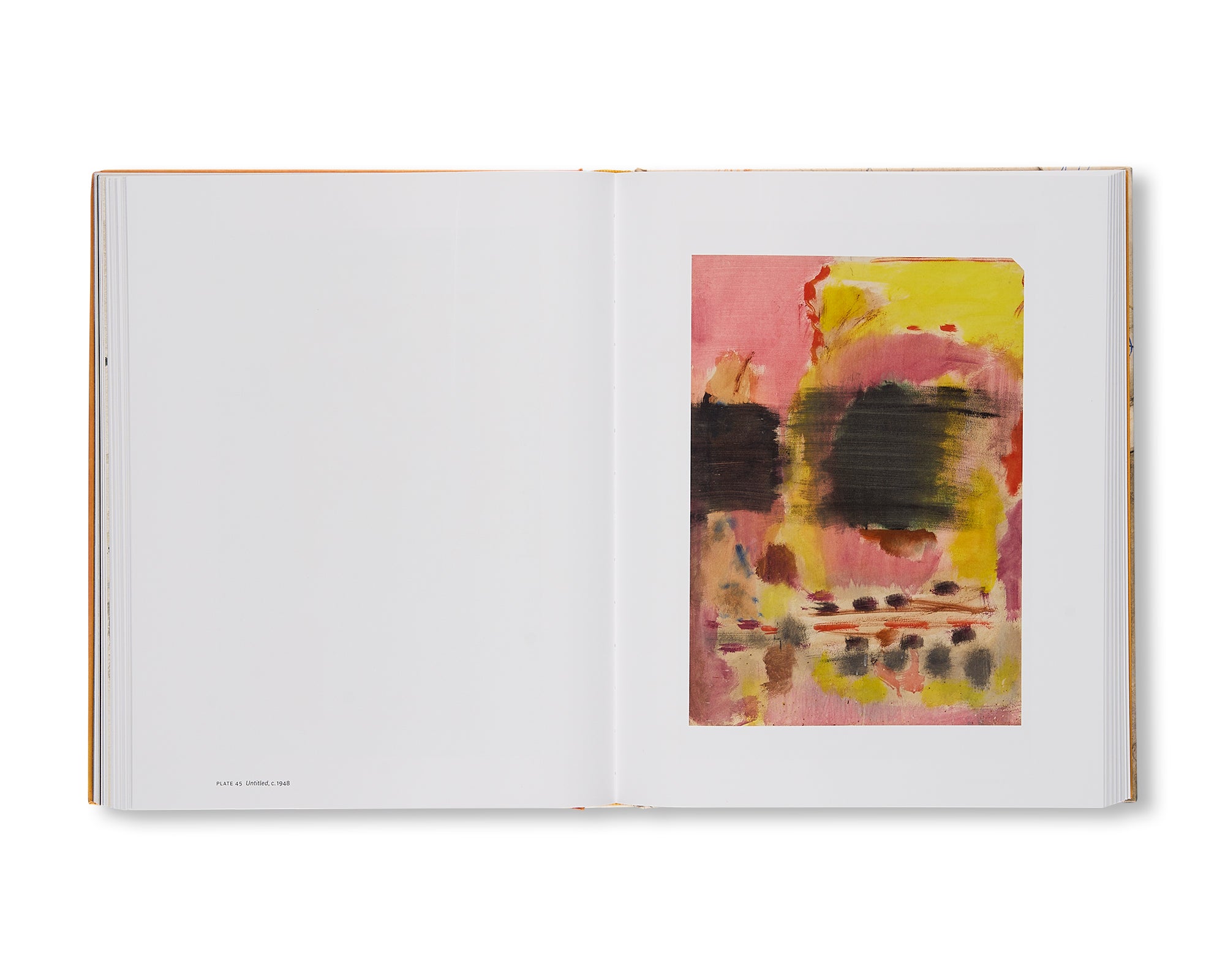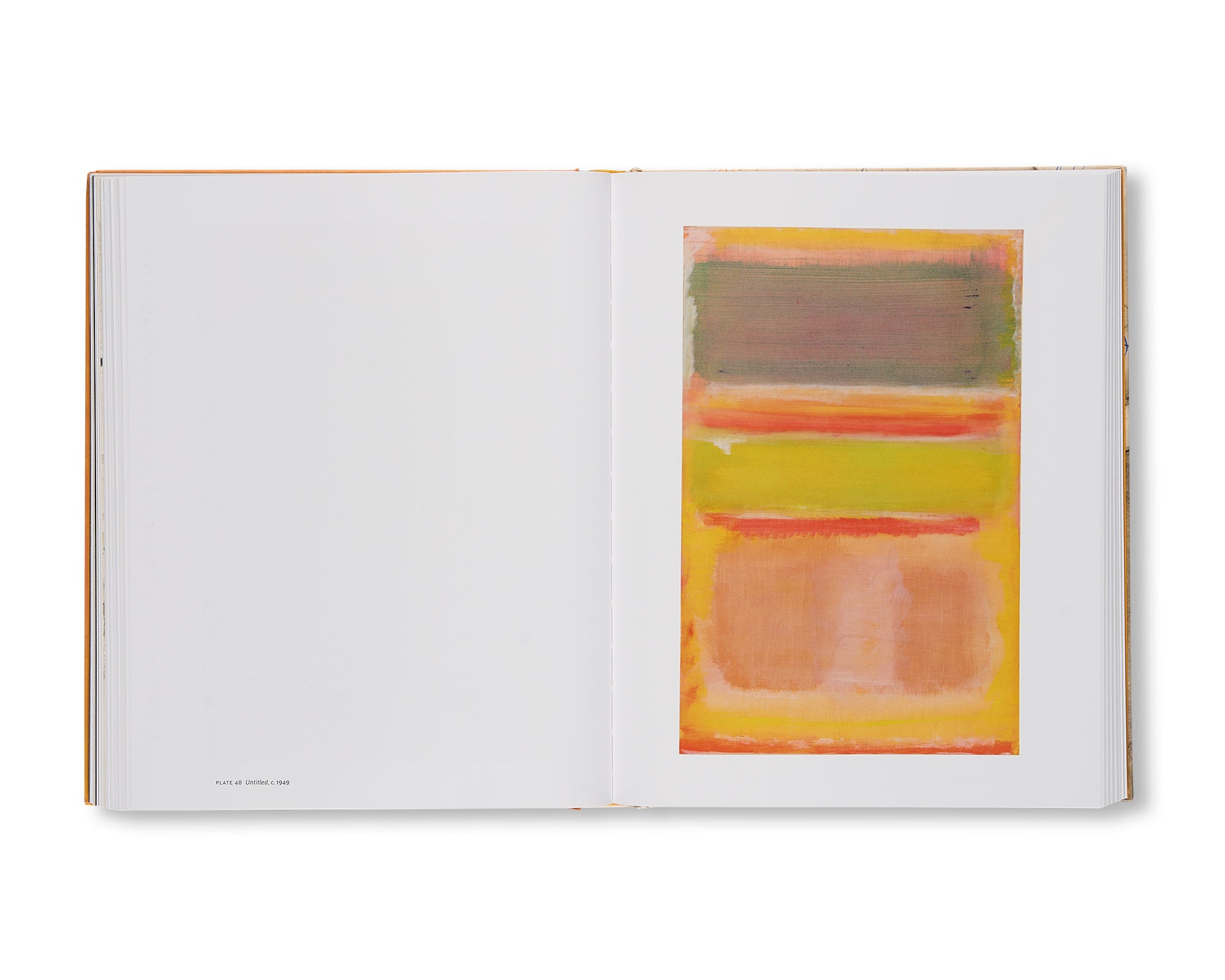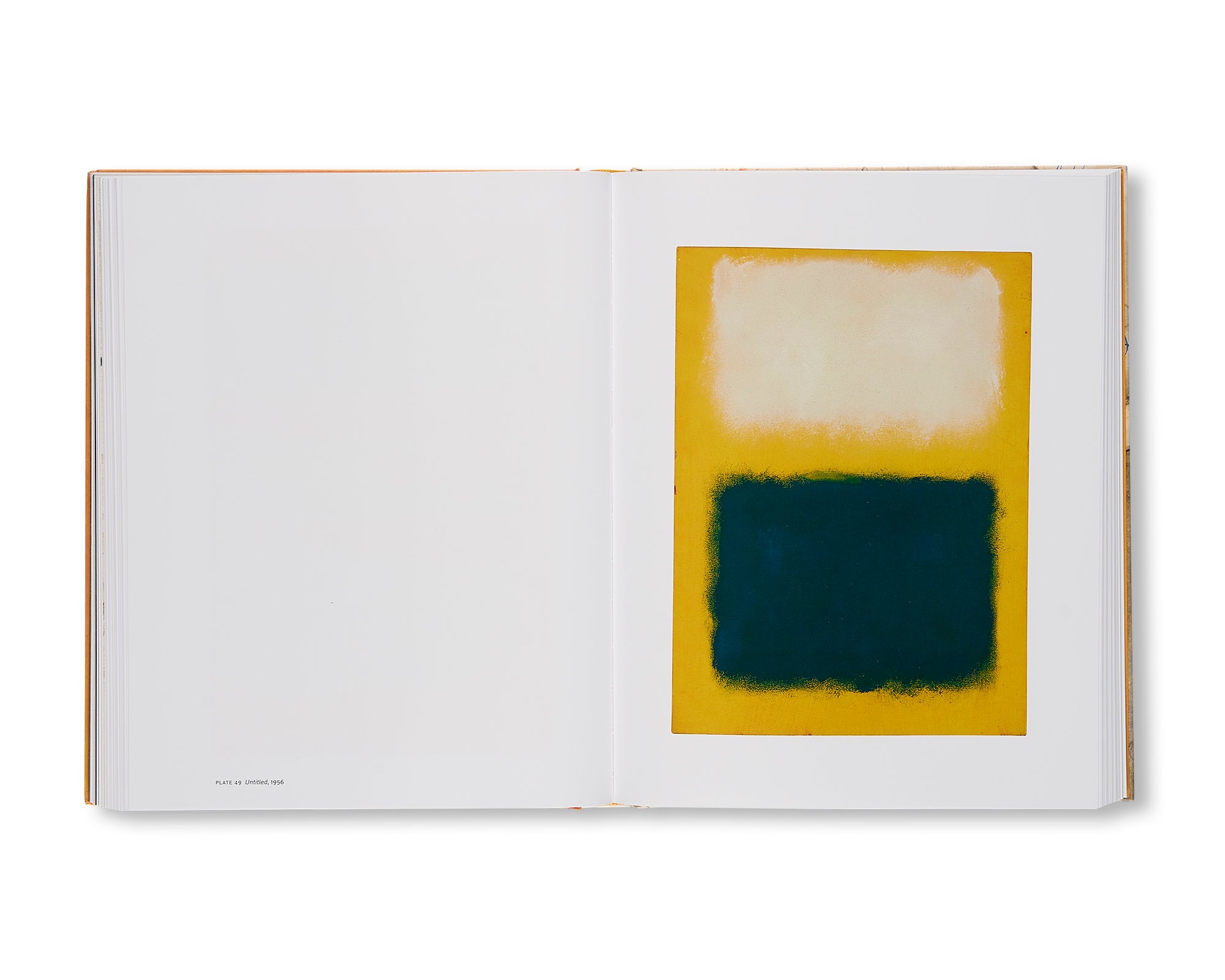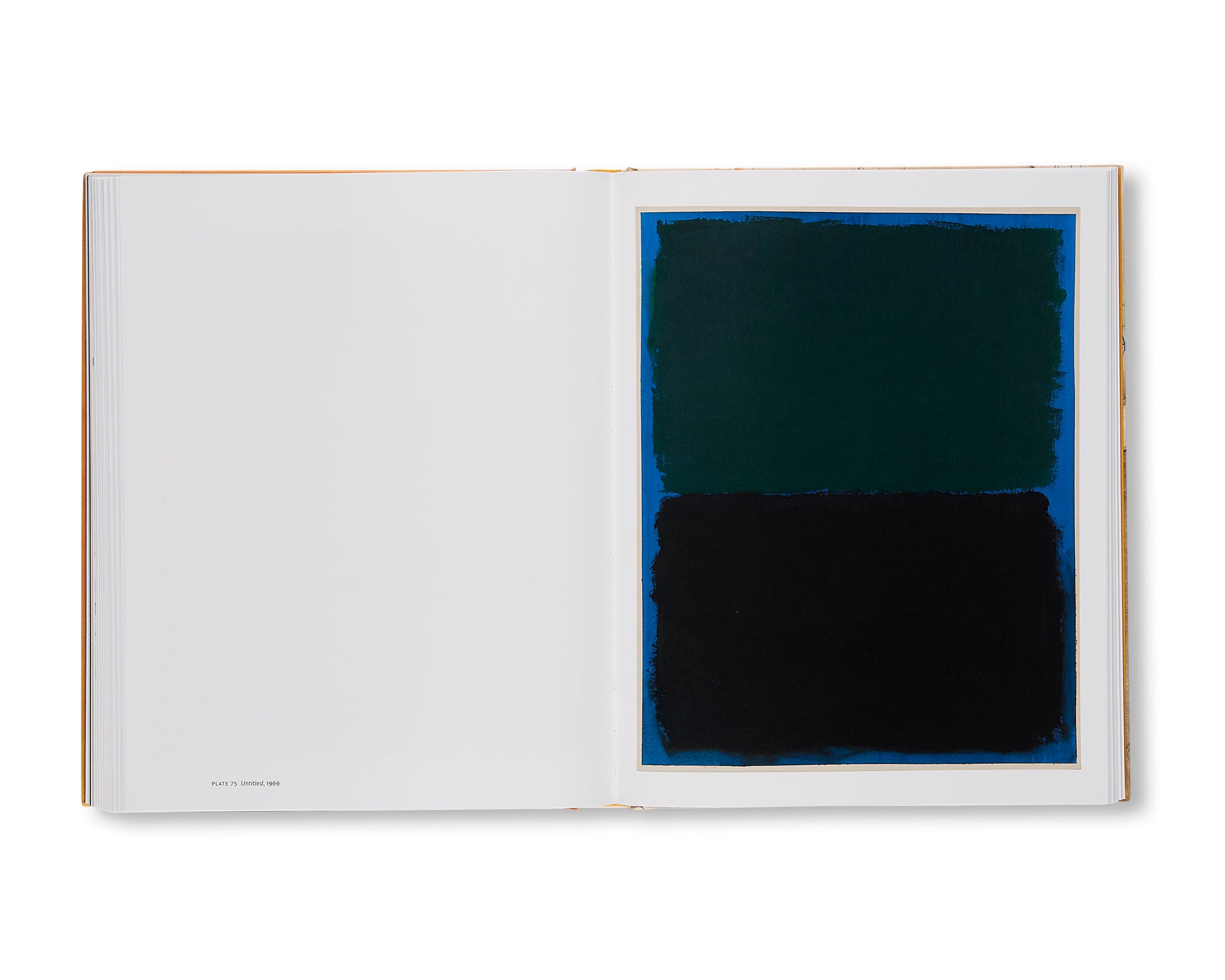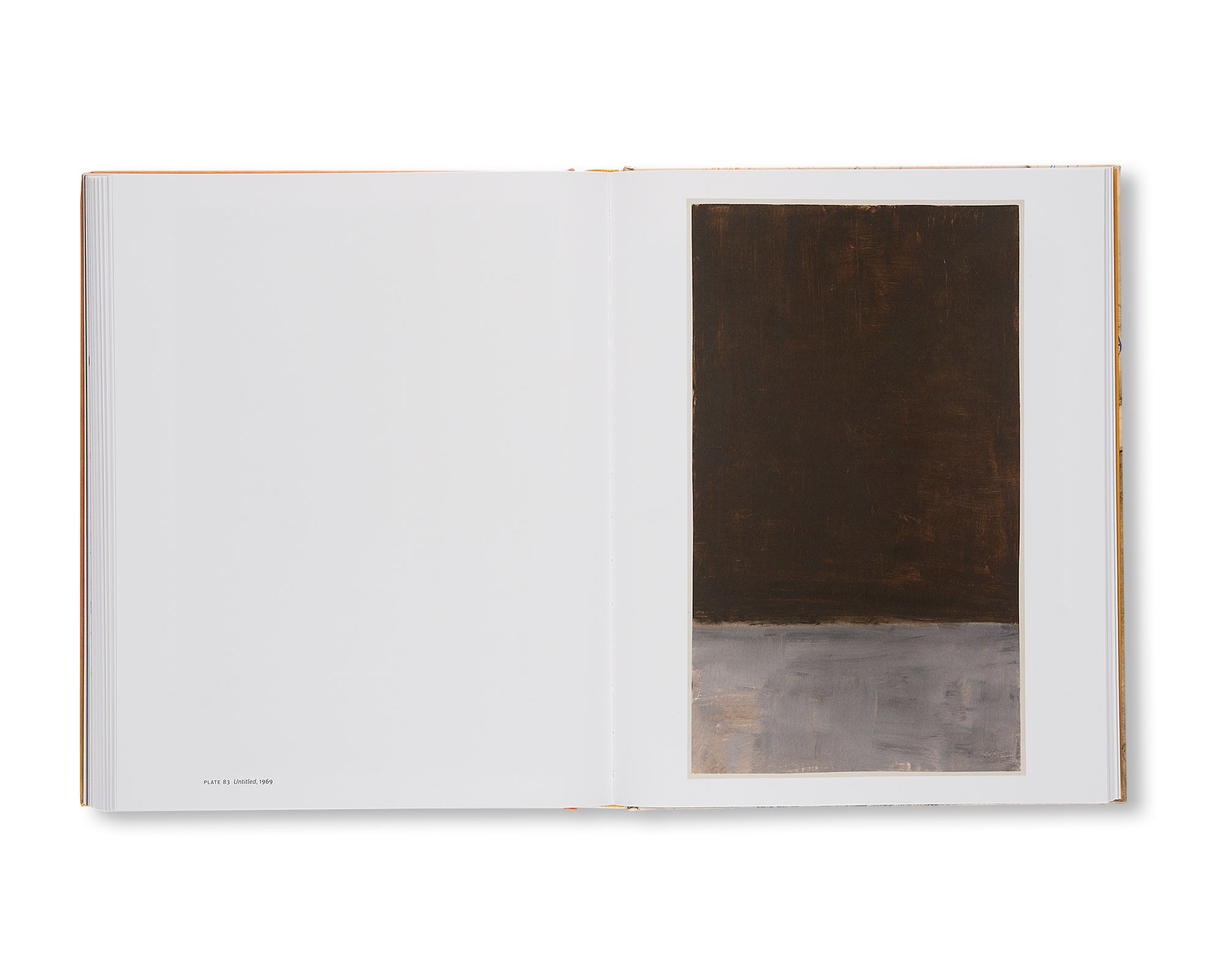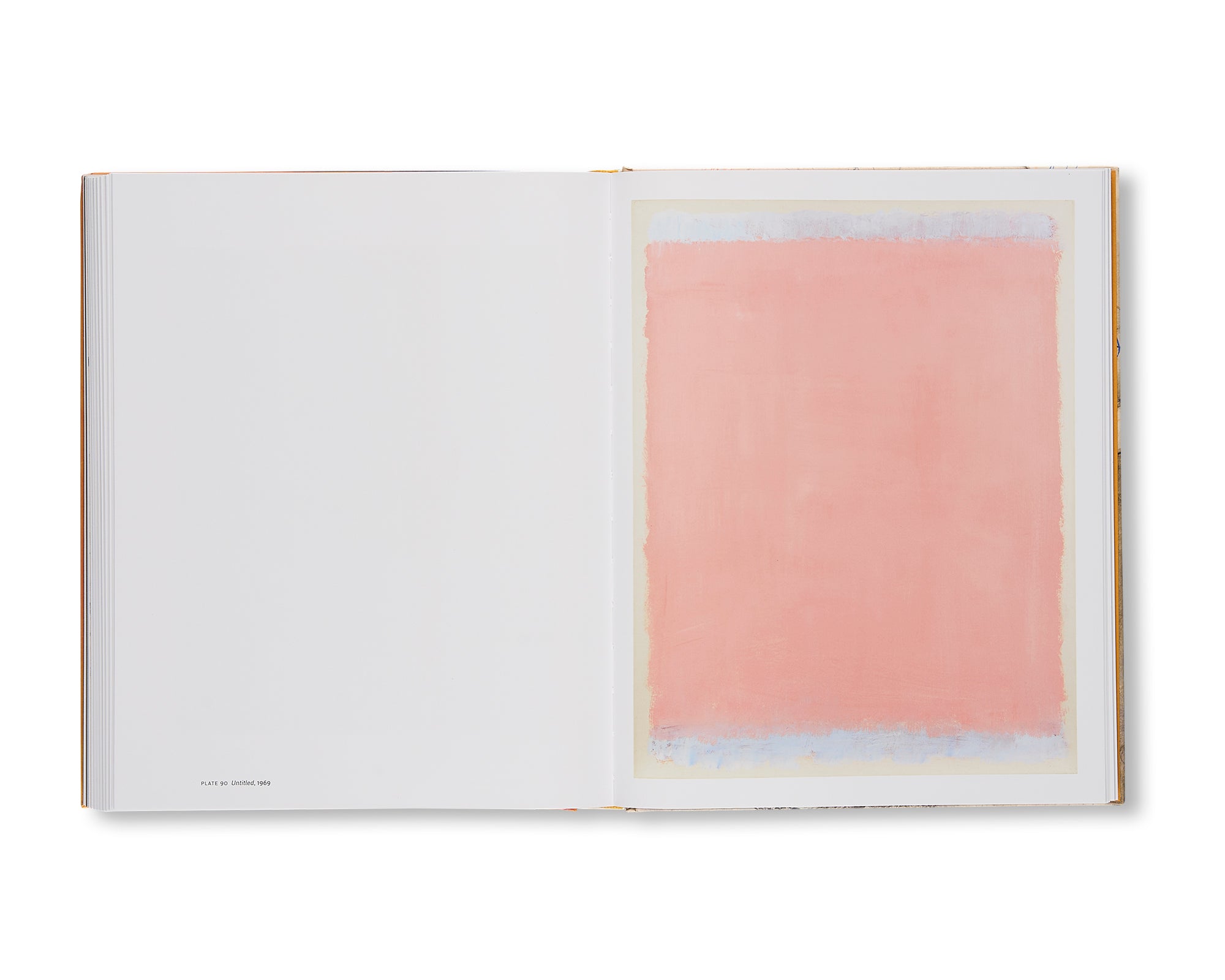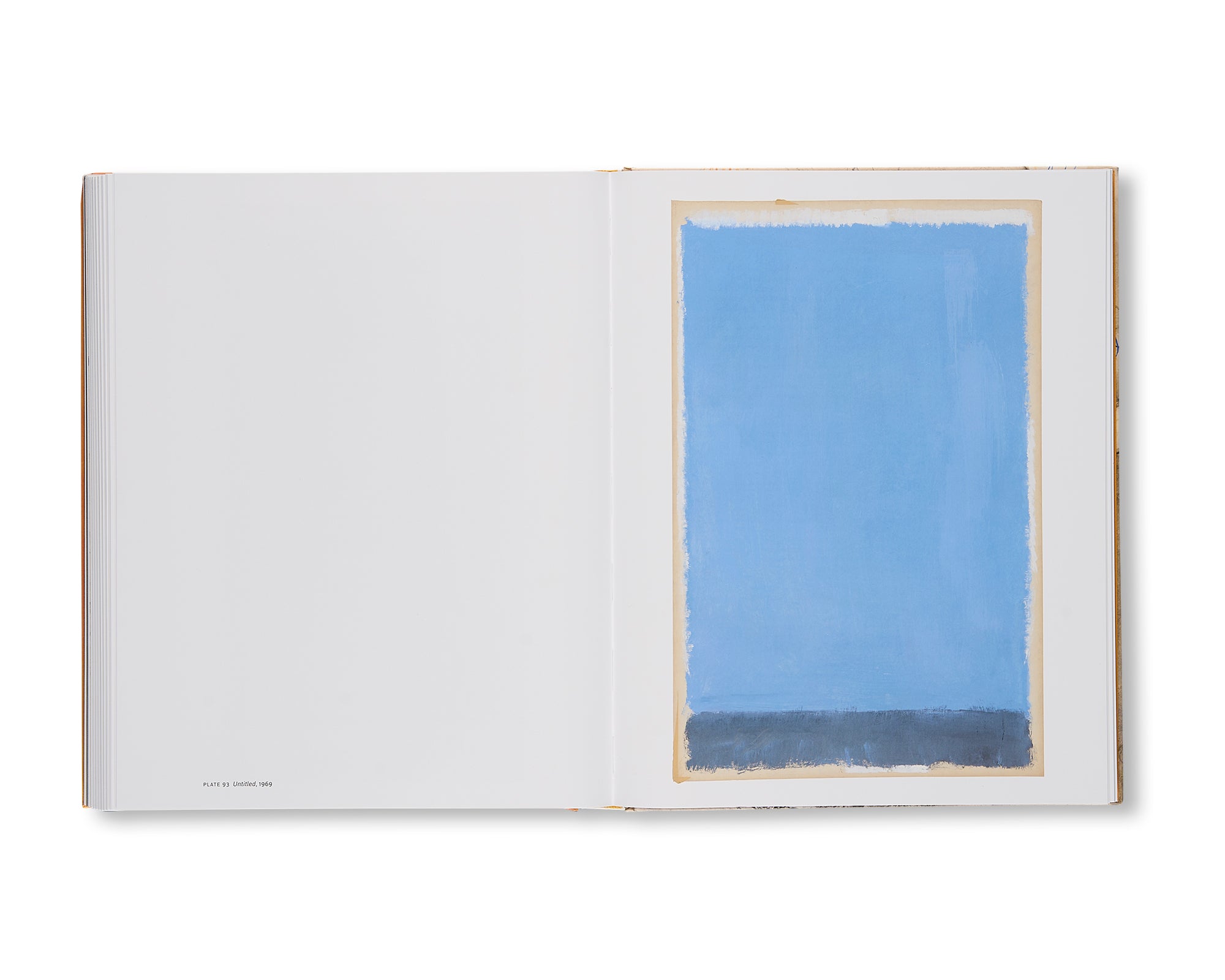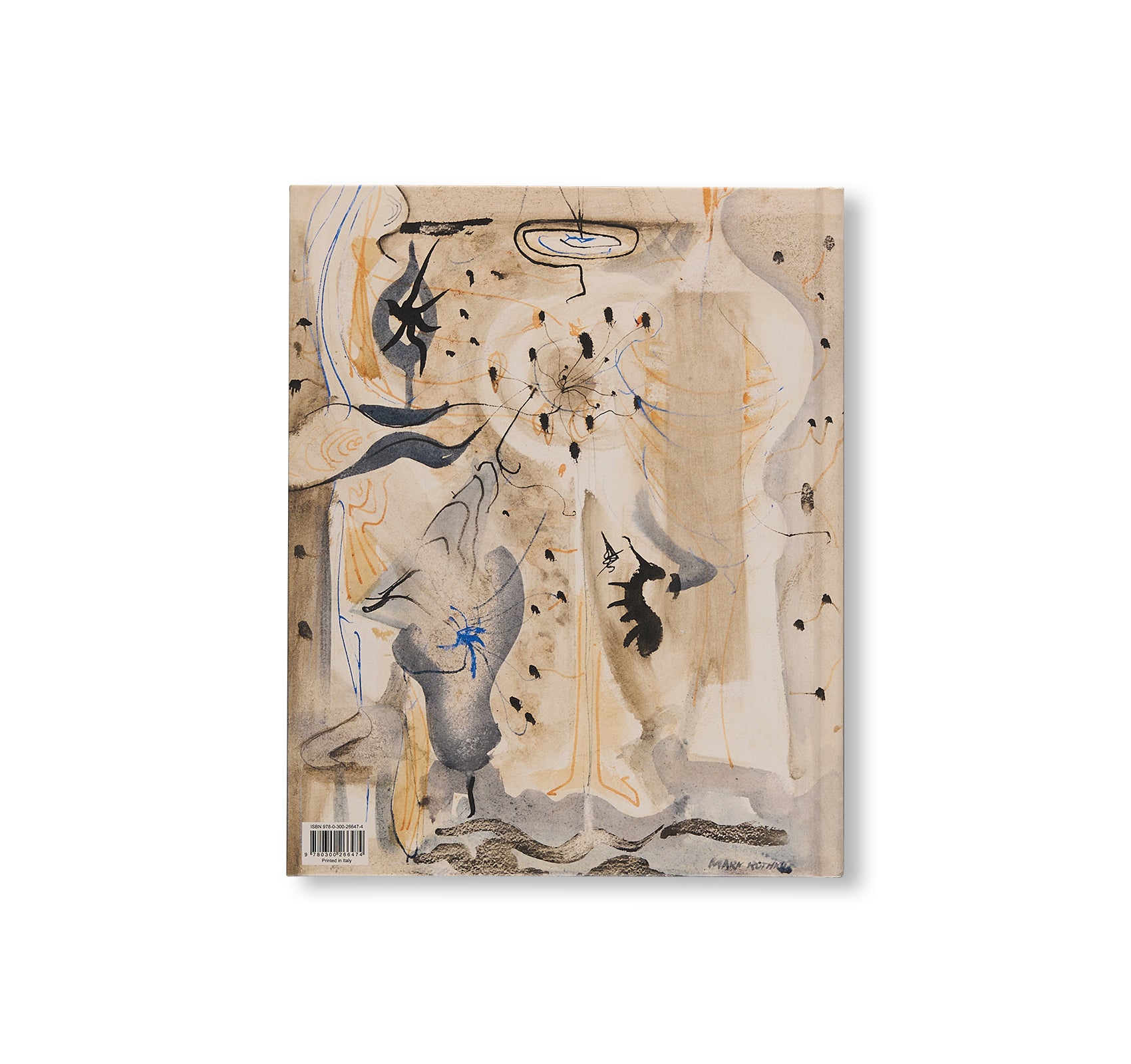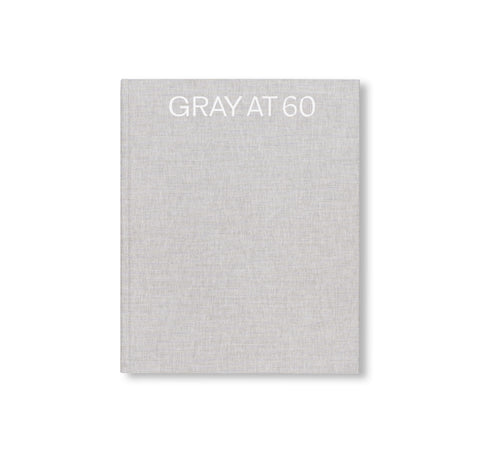PAINTINGS ON PAPER by Mark Rothko
抽象表現主義を代表するロシア生まれのユダヤ系アメリカ人アーティスト、マーク・ロスコ(Mark Rothko)による作品集。2023年11月から2024年3月にかけてワシントンD.C.の「ワシントン・ナショナル・ギャラリー(National Gallery of Art / NGA)」で開催された展覧会に伴い刊行された。この展覧会では、ほとんどが世界初公開の紙に描かれた絵画作品100点以上が展示された。
作者は、縦長の大きなキャンバスに描かれた抽象画で知られており、喜び、絶望、忘我、悲劇といったテーマを輝かしい作品で表現しようとした。作者の知名度とは裏腹に、そのキャリアの中で1,000点以上の紙に描いた絵画も制作していたことを知る人は少ない。作者はこれらを下絵としてではなく、それ自体が完成された絵画とみなしていた。
これらの驚くべき絵画は、初期の具象的な主題やシュルレアリスム作品から、作者が最もよく知られる、しばしば記念碑的な規模で制作された輪郭がぼやけた矩形の色面まで、多岐にわたる。その作品は、絵画とはどのように定義されるのかという我々の予想や、作者とそのキャリアについての一般的な考えを覆すものである。本書では、本展のキュレーターを務めたアダム・グリーンハーフ(Adam Greenhalgh)が、これらの作品が作者の反応、評判、成功に果たした役割をたどっている。
本書は、作者の紙作品に焦点を当てた、40年ぶりに開催された大規模な展覧会に出品され、滅多に展示されない100点近い作品を一挙に紹介している。キュレーターのグリーンハーフとチームが行った重要な研究を基にした本書は、作者の実践の中で認識されていない一面を新たに評価する一作である。
A revelatory exploration of Mark Rothko’s paintings on paper that transforms our understanding of a preeminent twentieth-century artist
Mark Rothko (1903–1970) is renowned for his towering abstract paintings on canvas; joy, despair, ecstasy, and tragedy are among the themes that he sought to express in his luminous works. Despite Rothko’s prominence, few people know that he also created more than 1,000 paintings on paper over the course of his career. The artist viewed these not as preliminary studies but as finished paintings in their own right.
These remarkable paintings range from early figurative subjects and surrealist works to the soft-edged rectangular fields, often realized at monumental scale, for which Rothko is best known. These works challenge our expectations about how painting is defined, as well as popular ideas about Rothko and his career. In this beautifully illustrated volume, Adam Greenhalgh traces the role these works played in the artist’s reception, reputation, and success.
This book accompanies the first major exhibition dedicated to Rothko’s works on paper in forty years and brings together nearly one hundred radiant, rarely displayed examples. Building on the important research conducted by Greenhalgh and his team for the catalogue raisonné of Rothko’s works on paper, this important catalogue offers a new appreciation of an underrecognized facet of the artist’s practice.
